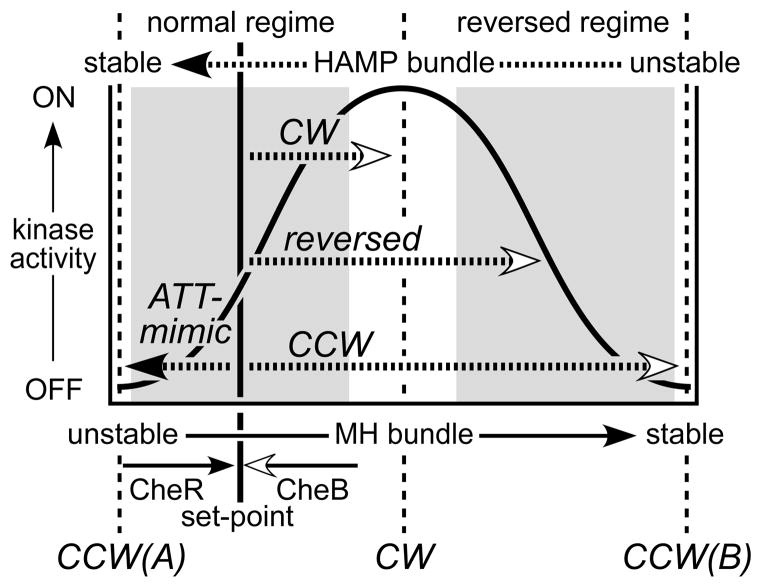Fig. 7. Summary of the biphasic dynamic bundle model and mutant HAMP signaling phenotypes.
This model proposes two signaling regimes (shaded areas) in which receptor output changes monotonically with HAMP stability. HAMP mutants with locked outputs are proposed to have destabilizing lesions that shift the HAMP bundle to the CW or CCW(B) portions of the stability range. Destabilizing lesions that shift HAMP into the reversed regime cause reversed output responses to CheB and CheR modification. Lesions that enhance stability of the HAMP bundle mimic the signaling effects of an attractant stimulus, shifting output toward the CCW(A) low kinase state.

